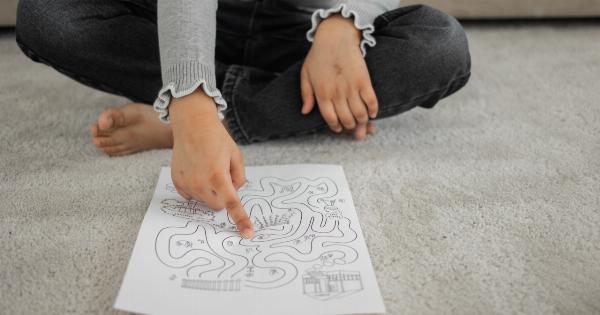Experiencing drooping eyelids can be not only a cosmetic concern but also a medical issue. Medically known as ptosis, eyelid droop can affect one or both lids, impairing vision and causing discomfort.
While ptosis can occur due to various reasons, there are four primary factors that commonly contribute to this condition. Understanding these factors is essential for proper diagnosis, treatment, and prevention of eyelid droop.
1. Age-related Ptosis
One of the most common factors contributing to eyelid droop is age. As individuals age, the tissues and muscles supporting the eyelids weaken, leading to sagging or drooping eyelids.
Age-related ptosis can vary in severity, with some individuals experiencing subtle drooping, while others may have a significant impairment in their field of vision.
The key reason behind age-related ptosis is the loss of elasticity in the connective tissues within the eyelids.
The levator muscle, responsible for lifting the eyelid, weakens over time, resulting in an inability to hold the eyelid in the normal position. Additionally, the accumulation of excess skin and fat on the upper eyelid can contribute to the drooping appearance.
2. Congenital Ptosis
Congenital ptosis refers to eyelid droop that is present at birth or develops during infancy. This type of ptosis occurs due to a malformation or dysfunction in the muscles that control eyelid movement.
It can be caused by genetic factors or may occur spontaneously without a clear underlying cause.
Children with congenital ptosis often have difficulty fully opening their affected eye(s), causing visual impairment and a potential for amblyopia (lazy eye).
Early intervention is crucial in such cases to prevent long-term vision problems and to improve the child’s quality of life. Surgery is often necessary to repair the weakened muscles and restore the eyelid’s normal function.
3. Injury-Induced Ptosis
Eye trauma can also lead to eyelid droop. Direct injury to the eyelid muscles or nerves can result in immediate or delayed drooping, depending on the severity of the damage.
The muscles that control eyelid movement can be weakened or paralyzed, impeding their ability to raise or open the eyelid properly.
Common causes of injury-induced ptosis include motor vehicle accidents, sports-related injuries, falls, or surgeries involving the eye area.
It’s important to seek immediate medical attention after an eye injury to assess the extent of the damage and develop an appropriate treatment plan. In some cases, surgical intervention may be required to repair or reposition the damaged muscles or nerves.
4. Neurological Ptosis
Neurological disorders can cause ptosis as well. Conditions such as stroke, brain tumors, Horner syndrome, or myasthenia gravis can affect the nerves and muscles responsible for lifting the eyelids.
Neurological ptosis typically affects one eye, but it can also be bilateral.
Patients with neurological ptosis may experience additional symptoms such as double vision, eyelid twitching, or facial numbness.
Accurate diagnosis and proper management of the underlying neurological condition are crucial to addressing ptosis in these cases. Treatment options may include medication, surgery, or a combination of both, depending on the specific condition and its severity.
Conclusion
Eyelid droop, or ptosis, can occur due to a variety of factors, with age, congenital malformations, injuries, and neurological disorders being the most common culprits.
Understanding these contributing factors is essential for accurate diagnosis and effective treatment. Whether the ptosis is caused by weakened eyelid muscles due to age or a neurological condition affecting nerve function, seeking medical advice and intervention is crucial to improving vision and overall quality of life.

























